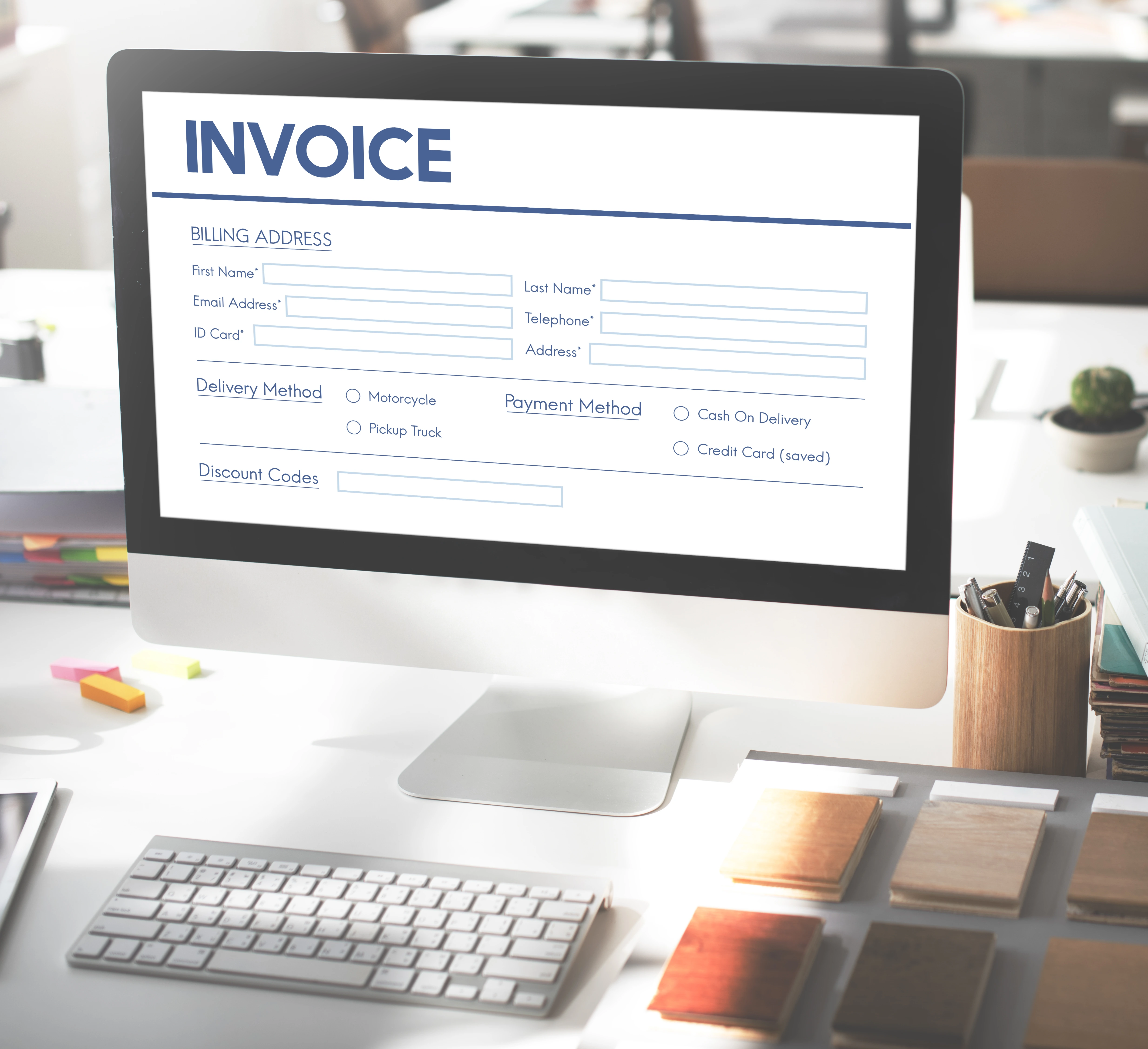Managing invoices is one of the biggest challenges for freelancers and contractors. The right software eliminates manual work, reduces errors, and helps self-employed professionals get paid on time. In this article, we review the top invoicing tools for 2025, outlining their features, pricing, and benefits.

For freelancers, contractors, and solo business owners, managing invoices is one of the most time-consuming parts of the job. The right invoicing software can simplify billing, keep client records organized, and help ensure you get paid faster. But with so many options available, choosing the best tool can feel overwhelming.
In this article, we’ll explore the top invoicing software for self-employed professionals in 2025. Each option is reviewed with its features, pricing, and pros and limitations so you can decide which one fits your workflow.
Key Takeaways
Tofu is designed for freelancers, contractors, and small business owners who want invoicing without the complexity of full accounting software. Its focus is on speed, mobility, and simplicity, helping you create invoices in seconds and get paid faster.
With the Tofu Invoice Maker app (available on iOS and Android), you can create and save invoices or estimates offline, making it ideal for professionals who work in the field. Once back online, the app syncs automatically, so nothing gets lost.
Branded templates add professionalism to every document, while Stripe integration lets you accept card and tap-to-pay payments on site. All client records, jobs, and payment statuses are stored in one place and synced across mobile, tablet, and desktop for organized financial management.
Tip: Tofu offers practical tools for professionals that need to generate invoices fast and on the field:
QuickBooks Online combines invoicing, bookkeeping, payments, and reporting into one powerful system, giving you full visibility into your finances. Unlike lightweight apps, QuickBooks is built to scale with your business, offering features like bank reconciliation, expense tracking, and inventory management as you grow.
Ditch spreadsheets and complicated software. With Tofu, you can create and send professional invoices in second
FreshBooks is built with freelancers, consultants, and small service businesses in mind, especially those who bill by the hour or on a project basis. It combines polished invoicing with precise time tracking, expense management, and client portals that make collaboration and payments straightforward.
The platform stands out for its user-friendly design and mobile app. Automated payment reminders, recurring billing, and online payment options help stabilize cash flow, while features like client retainers and project tracking support longer-term engagements.
Despite having no subscription fees, Zoho Invoice offers polished invoice templates, recurring billing, time tracking, and a client portal, features many paid tools charge for. Its tight integration with the wider Zoho ecosystem (like Zoho CRM and Zoho Books) makes it especially appealing to users who want a scalable, connected workflow.
Free for all users
Xero is a leading cloud-based accounting platform designed for small businesses that plan to scale. It offers polished invoicing and strong integration options, but its real strength lies in its scalability. As your business expands, you can add payroll, advanced reporting, and integrations with over 1,000 third-party apps.
Plans start at $20/month

This table compares the leading invoicing and accounting tools, highlighting their key features, costs, customization, and ease of use to help you choose the best fit for your business.
Built for freelancers and contractors, Tofu makes billing effortless. Accept card payments on site, send branded invoices, and track every job — all in one place.
Managing invoices is one of the most important yet time-consuming tasks. Manual invoicing often means lost time, late payments, and missed opportunities to stay on top of cash flow.
Here are the key benefits of invoicing software:
Traditional invoicing requires creating documents by hand, tracking payments manually, and filing paperwork for every client. Invoicing software automates these processes, from recurring billing to payment reminders, so business owners spend less time on admin.
Get Paid Faster
Late payments are one of the biggest challenges for small businesses, and paper-based invoicing only adds to the delay. Digital invoicing platforms include features like online payment links and automated reminders that encourage clients to pay sooner. Research by HM Revenue and Customs in 2025 shows businesses using electronic invoicing get paid almost twice as quickly than paper invoices.
Without clear financial data, small businesses risk running into cash flow problems that disrupt operations. Invoicing software provides dashboards and reporting tools that make it easier to monitor outstanding invoices, track expenses, and forecast income. This matters because, according to Business Insider, 82% of small business failures are due to cash flow issues, showing how important visibility is to long-term survival.
The look of an invoice can influence how clients perceive your business. Branded templates offered by invoicing software allow you to add your logo, colors, and customized layouts, creating documents that look credible and consistent.
Keeping track of paper invoices, receipts, and client records often leads to misplaced documents and errors at tax time. With invoicing software, everything is stored digitally and organized in one place, making audits and reporting far easier.
With so many options available, choosing the right invoicing software can feel overwhelming. The best platform for your business will depend on your size, workflow, and growth plans. Whether you’re a freelancer sending a few invoices a month or a small team handling multiple clients, focus on these factors when making your decision:
Managing finances as a freelancer or small business owner often comes down to finding tools that save time, improve cash flow, and keep client records organized. The invoicing software options we’ve explored in this article highlight the range of solutions available, from free platforms for startups to all-in-one accounting systems for growing businesses.
The right choice depends on your workflow. If mobility matters most, look for a strong mobile app and offline access. If you’re planning to scale, prioritize software with robust reporting, integrations, and add-on features. By focusing on your business needs, budget, and long-term goals, you can select an invoicing platform that helps you get paid faster and manage your finances more efficiently.
Invoice management software is a digital tool that helps freelancers and small business owners create, send, and track invoices. It replaces manual processes with automation, saving time, reducing errors, and ensuring accurate record-keeping for tax and client management.
Not all invoicing software includes offline functionality. For individuals who often work in the field, choosing a tool like Tofu that allows offline invoice creation and auto-syncing when reconnected is a major advantage.
Pricing varies widely. Free platforms exist, while entry-level paid plans generally start around $15–$20/month. More advanced accounting platforms with full bookkeeping and integrations can cost $30–$50/month or more. It’s best to choose software with transparent pricing and no long-term contracts.
Professionals should look for invoicing software that is easy to use, supports mobile and offline access, offers professional templates, and has clear, affordable pricing. Scalability and integrations also matter if the business is expected to grow.
Stop chasing late payments. Tofu helps you get paid on time